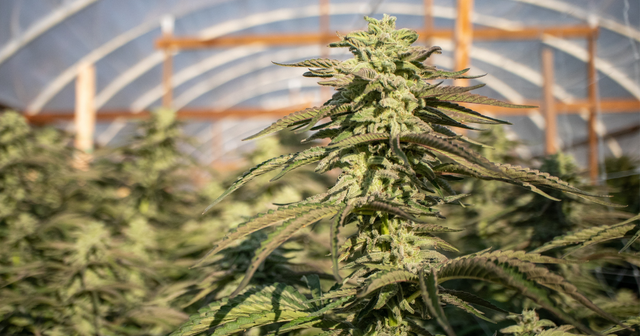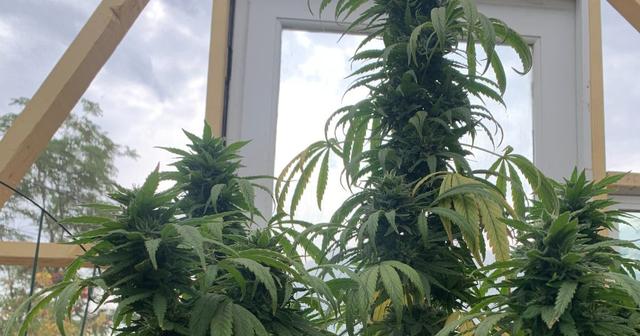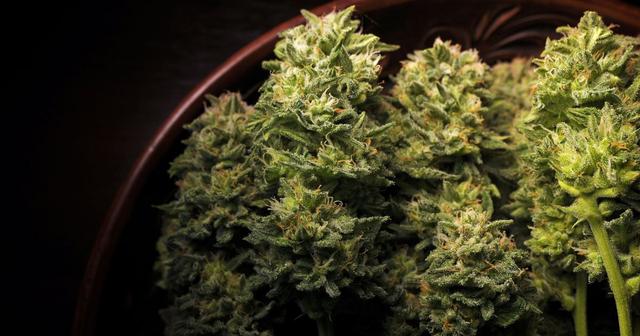How Are New Cannabis Strains Made?
Have you ever wondered about the process of how new cannabis strains are created? What does it take to make the latest indica and sativa strains? After over 50 years of breeding, the marijuana plant has been substantially changed from the original landrace strains where it all began. Written by Randy Villarba
Have you ever wondered about the process of how new cannabis strains are created? What does it take to make the latest indica and sativa strains? After over 50 years of breeding, the marijuana plant has been substantially changed from the original landrace strains where it all began. The newest and most popular strains are a product of decades of cultivation and breeding experience focused into meticulous techniques that have been passed down from cannabis farmer to farmer.
In order to create new genotypes of sativa and indica strains, cannabis breeders need both the male and female plant they wish to breed. The male plants are then used to pollinate the female plants. Any of the seeds harvested are then grown to identify and eventually isolate the strong and stable flower-producing female plants. Once the plants become mature, they are sexed and identified, and then grown to fruition in order to quantify their characteristics and potency in a process called phenotype hunting.
What is a Phenotype?
A cannabis phenotype is the different physical expression of the plant. As an example, Northern Lights is a genotype of a cannabis plant. Northern Lights #1, Northern Lights #2, Northern Lights #3, #4 and #5 are all differing Northern Lights phenotypes.
Each Northern Lights phenotype has the same Afghani parent genetics, however each phenotype embodies their own unique traits and characteristics, like aroma, effects, flavor, levels of THC and other cannabinoids, physical appearances, potency and terpene levels.
Breeders are always looking for the best expression of the plant, which is known as pheno hunting. The process of pheno hunting involves the process of cultivating seeds to flower, then contrasting and comparing to find the right one to mother and stabilize. This can be quite an intense and lengthy process.
Hybridization and Breeding New Cultivars
Breeding and pheno hunting over multiple harvests allows a breeder to transfer the desired traits from their genetic library to the next generation of flower and seeds. Almost half a century of selective breeding has created countless types of cannabis cultivars and hybrid genetics. The parent plants of almost all of these cultivars come from the original landrace strains. Landrace strains came from three main regions: the higher-latitudes of Southern Africa and Northern Mexico, the lower latitudes in tropical areas and the hearty stable genetics of the northern-latitudes.
F1 and F2 Hybrids
The F in F1 and F2 stands for Filial. F1 hybrids are the first offspring or first generation of a cross. As an example, when Skunk #1 was first created, the master grower combined the cannabis sativa dominant strains Afghani, Acapulco Gold, and Colombian Gold. The result was the first phenotype of Skunk #1.
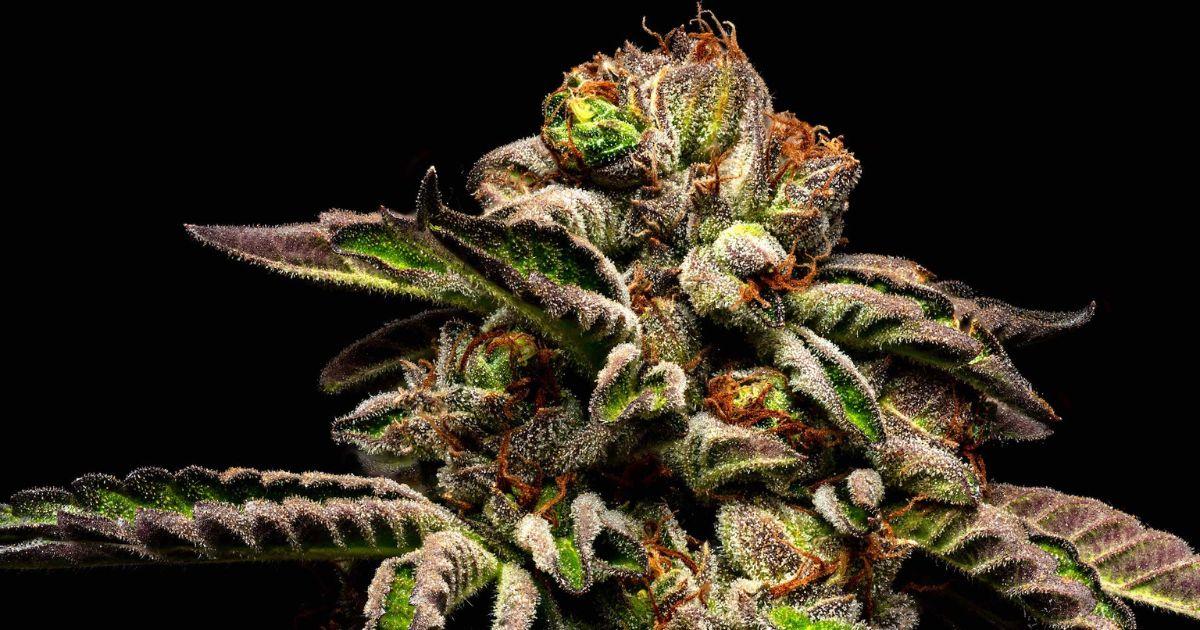
F2 Hybrids
F2 hybrids are second generation hybrid strains. A Filial 2 is a result of crossing two F1 phenotypes with each other. So if you cross two Skunk #1 phenotypes from the same parents, the cultivar that it would make would be a Skunk F2.
Inbred Lines
These cannabis breeding steps can be repeated to create new cultivars all the way until an F5. After an F5, these plants have been crossed with their own lineage enough to be an inbred line of genetics. The technical term for anything crossed with its same parents after an F5 is IBL. Breeding past an F5 has been done by cultivators to chase THC content at the risk of the plant losing its hardiness, stability and susceptibility to mold by being too inbred.
Backcrosses
A cultivar with a BX at the end dictates that it is a backcross. If you use Afghani, Acapulco Gold and Columbian Gold to make a Skunk F1, and then cross that with her own parents or even itself, the final result would be a Skunk BX.
S1 Cultivars
The S in S1 stands for self-generated, “self” or selfed. The female plant is reversed so that pollen can be collected. No male plant needed. In order to get S1 seeds, the pollen from the reversed female is used to pollinate the mother plant or a clone of the mom.
Clone Only Strain
If any of the pure original landrace genetics have survived, they exist as clone-only strains. Cuttings off of a mother plant are called clones. Clone-only strains are cultivars that only exist in plant form and are not available via seed. If a breeder identifies the right phenotype of a cultivar to mother out and keep in their strain library, clones of her are typically made in order to preserve her unique expression.
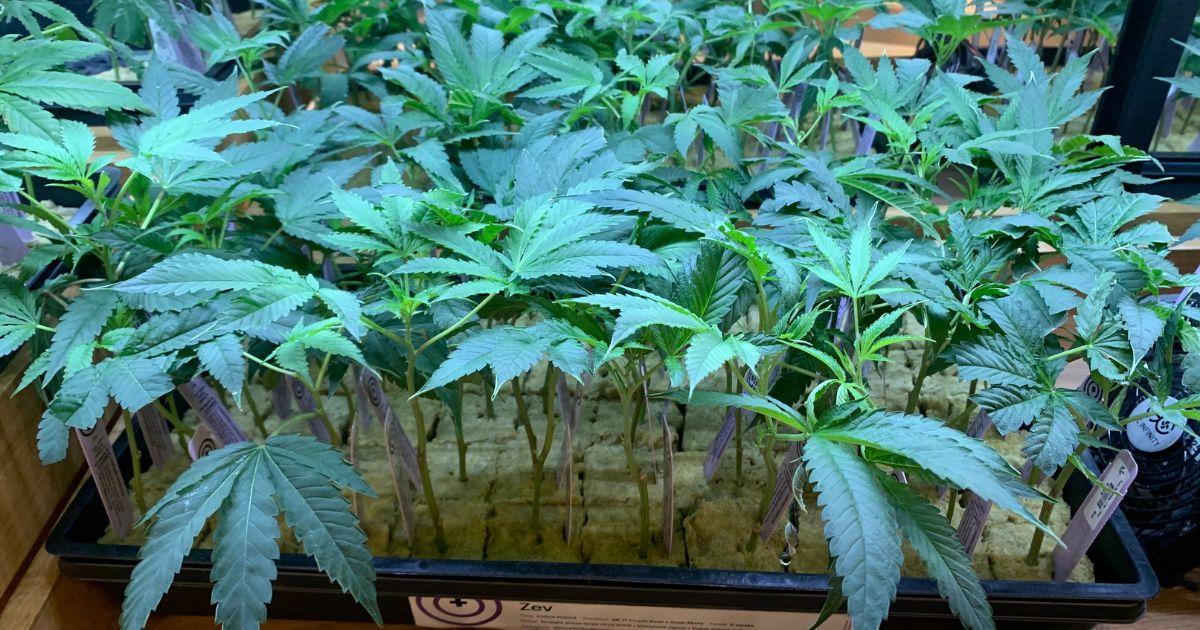
DISCLAIMER: THIS SITE DOES NOT PROVIDE MEDICAL ADVICE.
All information, including but not limited to, text, graphics, images and other materials contained on this site are for informational purposes only. No text, graphics, images or other materials on this site are intended to be professional medical advice or a substitute for professional medical advice, diagnosis or treatment. Always seek the advice of your physician or other qualified health care provider with any questions you may have regarding a medical condition or treatment and before undertaking a new health care regimen, and never disregard professional medical advice or delay in seeking professional medical advice because of something you have viewed on this site.
